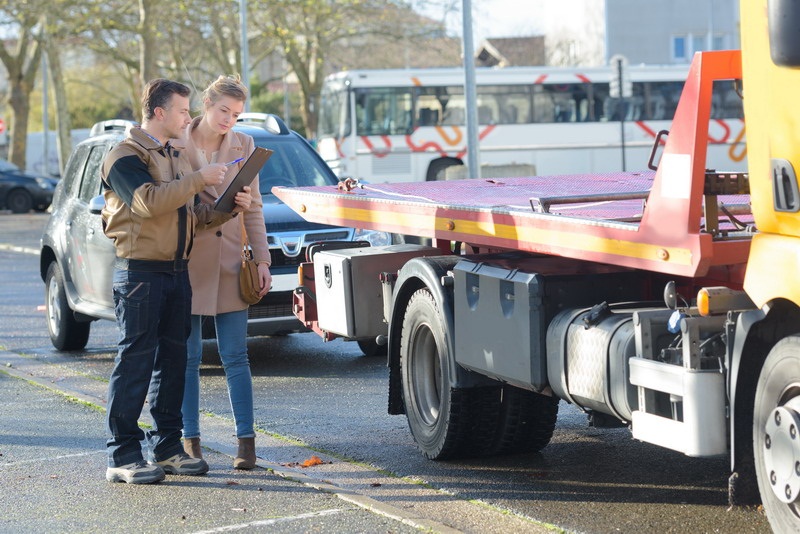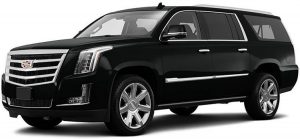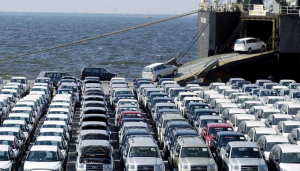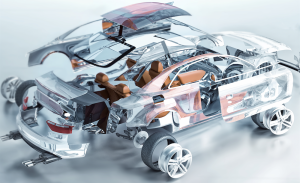Let’s Talk Tow Truck Safety for Drivers
3 min read
Tow truck operators tend to look at the winter months with equal parts love and loathing. They love winter because it means more work that puts money in their pockets. At the same time, they loathe working the season because of the safety issues involved. Winter recovery jobs can be extremely dangerous when the weather doesn’t cooperate.
If you are a tow truck operator, you are familiar with the bittersweet nature of working during the winter. You can go to a company like Mytee Products for all your towing supplies and safety equipment; you can follow all the rules stipulated by the federal and state government; you can do everything right from the moment you start your shift to the minute you punch out. Yet you have no control over the other drivers on the road. They are your Achilles’ heel.
Though there is nothing you can do to prevent other drivers from practicing risky maneuvers on the road, there are some basic safety procedures you can follow that will decrease your chances of being injured on the job. So next time you have a bit of time to check your tow chains and axle straps, take a few minutes to remind yourself of the safety procedures you learned at the start of your career.
Federal Regulations
Experienced tow truck operators know that they are not exempt from federal regulations. For example, the Federal Highway Administration mandates that all emergency workers operating on or near federal highways wear highly visible clothing for safety purposes. This means a tow truck operator doing a recovery job on an interstate would have to wear some sort of safety green, orange, or yellow clothing. Typically, this means a safety vest.
As the Houston Chronicle points out, there are three classes of safety vests that meet the standards of the American National Standards Institute. The Houston Chronicle recommends that tow truck operators wear helmets in addition to safety vests. Federal regulations do not require helmets though.
Safety during Recovery
Recovering stranded vehicles during bad weather is one of the most hazardous parts of operating a tow truck. The same bad weather that resulted in the target vehicle going off the road could send another out-of-control vehicle careening into the tow truck, creating a dicey situation for operators. To be safe, operators should:
- attempt to set up a designated safety zone clearly marked by traffic cones, flares, or other means
- position the tow truck in such a way as to mitigate potential safety problems
- employ a safe means of retrieving the stranded vehicle
- employ the fastest recovery means possible without risking safety.
Safety after Recovery
Safety procedures following vehicle recovery are pretty straightforward. Tow truck operators are expected to position recovery vehicles on their trucks appropriately, then secure those vehicles using a variety of straps and chains. A properly positioned and secured vehicle should pose no danger en route to the repair garage or storage yard.
Tow truck operators need to keep in mind that they are under the same federal and state regulations for securing cargo. Recovered cars are considered cargo, so they must remain securely in place throughout transport. Any accident resulting from shifting or falling cargo is the responsibility of the driver who failed to secure the recovered vehicle.
The 2017/2018 Winter season is now upon us. If you are a tow truck operator, thank you in advance for everything you will do for the rest of us this winter. Above all, please be safe. You are more important than any car you might recover this season.






